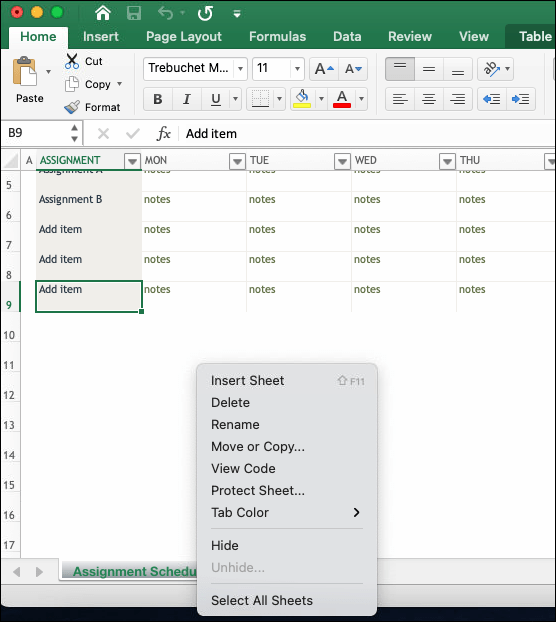5 Essential Steps for Child Custody Paperwork
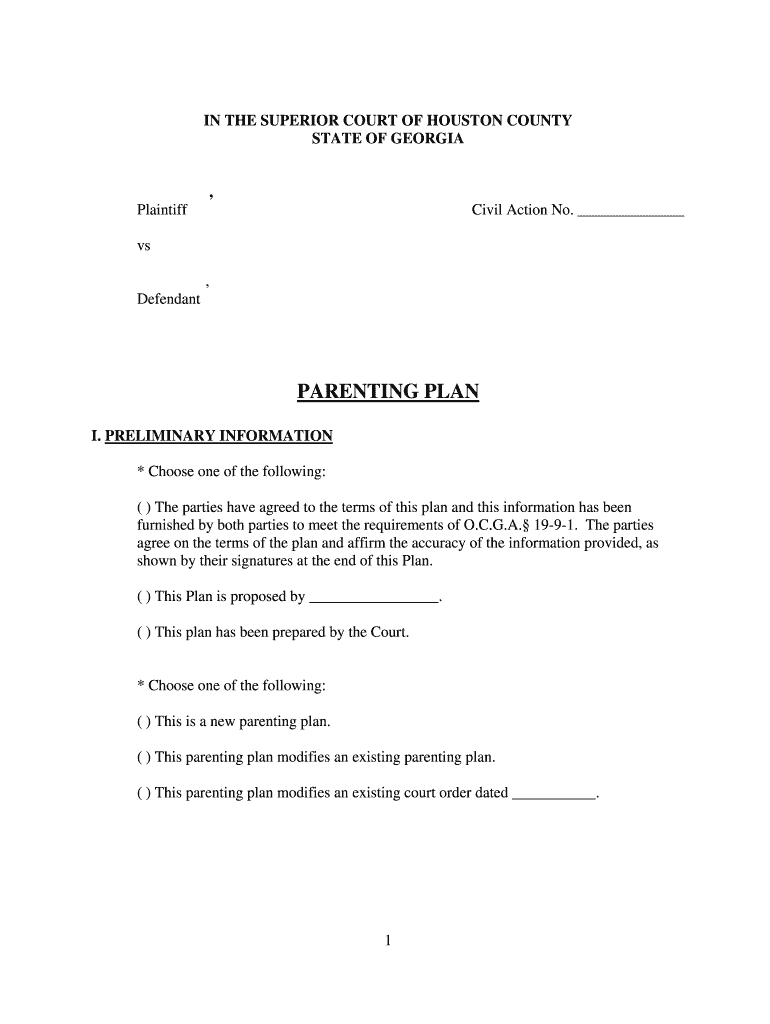
In the journey of navigating child custody during a divorce or separation, ensuring the proper handling of paperwork is paramount. The process, while potentially overwhelming, can be managed effectively by understanding and addressing key steps. Let's dive into the 5 essential steps you need to follow for handling child custody paperwork.
1. Gather Initial Documents
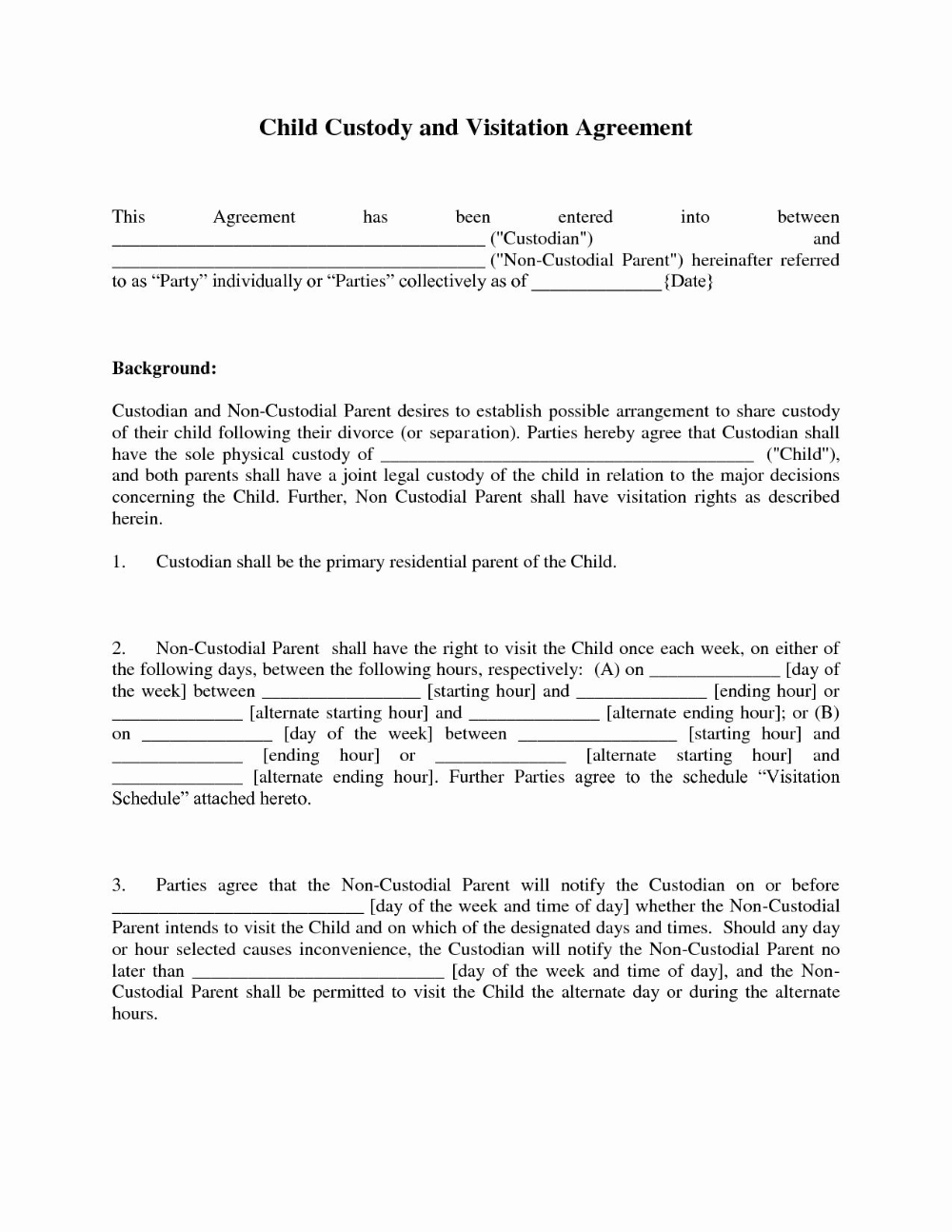
The first crucial step involves gathering all necessary documents:
- Birth Certificates: Ensure you have copies for all children involved.
- Marriage Certificate/Divorce Decree: Documents that prove your marital status or the dissolution of marriage.
- Proof of Income: Pay stubs, tax returns, or any proof of your financial status.
- Residency Information: Utilities bills or lease agreements showing your current address.
- Healthcare Information: Insurance details, medical records for your children, and information on their health care providers.

2. Understand Your State’s Custody Laws

Custody laws vary widely by state, so it’s essential to:
- Research your state’s specific guidelines on custody arrangements.
- Understand legal custody, which pertains to decision-making for the child, and physical custody, which involves where the child lives.
- Be aware of any mandatory mediation or parent education programs required before court.
Your understanding of these laws will guide how you prepare and file your custody paperwork, ensuring you meet all legal requirements.
3. Prepare and File the Custody Petition

Once you have your documents and a grasp of your state’s laws:
- Draft a custody petition detailing your desired custody arrangement, visitation rights, child support, and any other parenting plan provisions.
- Fill out all court forms accurately, ensuring no details are omitted that could affect your case.
- File these documents with the appropriate court. This often requires you to pay a filing fee or submit a fee waiver if eligible.

⚠️ Note: Check with your local court for any special procedures or additional forms related to custody filings.
4. Serve the Papers

After filing:
- Serve the custody papers to the other parent, often through legal service methods like a process server or sheriff.
- Ensure proof of service is documented and returned to the court to show that the other party has been officially notified.
Service of process is a critical legal step that ensures all parties are aware of the proceedings, allowing them to prepare for their response.
5. Prepare for Court Hearings and Mediation
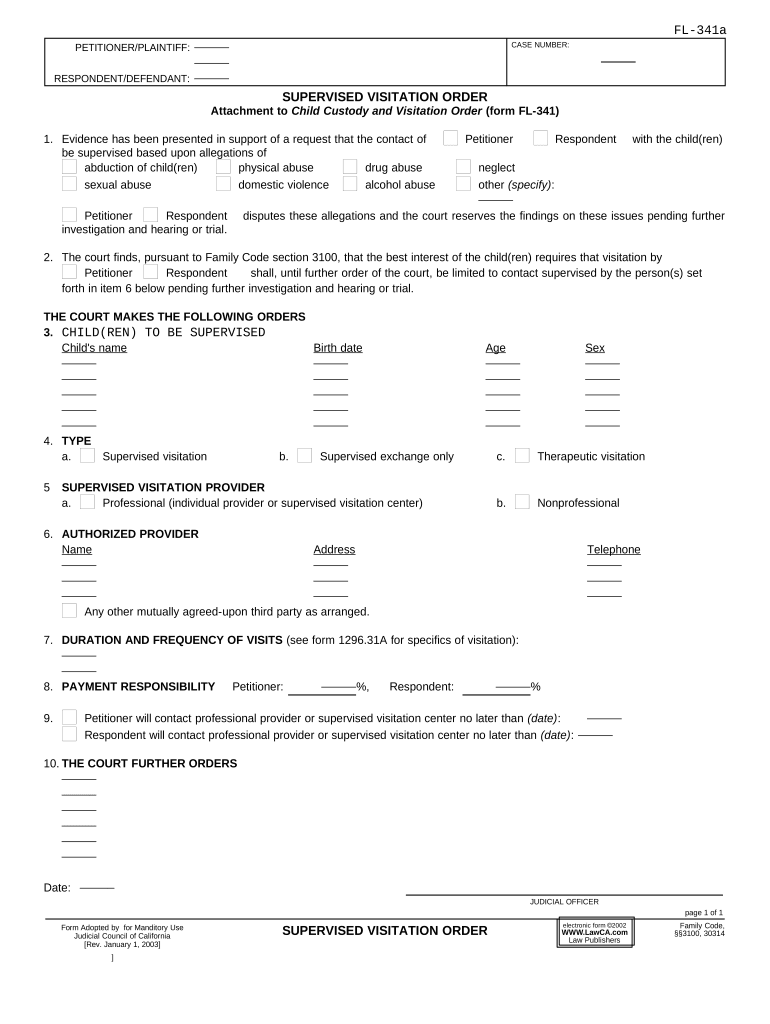
Once papers are served:
- Be prepared for mediation, where the goal is to reach a mutual agreement on custody without court intervention.
- If mediation fails, prepare for court hearings:
- Gather evidence like witness testimonies, expert reports, and any documentation supporting your case.
- Consider hiring a custody attorney or seeking legal aid.
- Be ready to present your case clearly and concisely.

By following these steps, you're well on your way to managing child custody paperwork effectively, setting the stage for what can hopefully be a smooth custody arrangement for the benefit of your child. Remember, each step is crucial in shaping the future relationship between your child and their parents post-divorce or separation.
The journey through child custody proceedings can be emotional and legal at once, but with careful preparation and understanding of these key steps, you can ensure your child's best interests are always at the forefront of your planning and actions.
How long does it take to finalize a child custody arrangement?
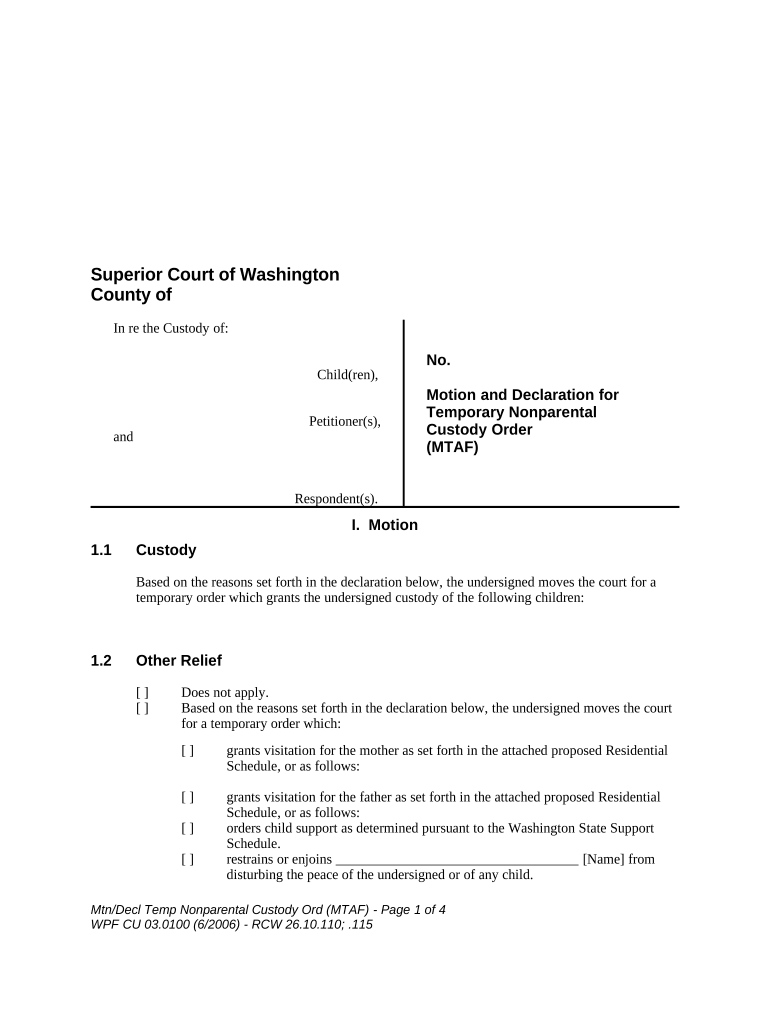
+
The duration varies widely depending on the state, complexity of the case, and whether parties can reach an agreement. Generally, uncontested custody arrangements might be resolved quicker than contested ones, which could take several months to a year or more.
Can child custody arrangements be modified?

+
Yes, custody arrangements can be modified if there are significant changes in circumstances, such as relocation, changes in parental ability, or if new evidence suggests that a modification is in the best interest of the child.
What happens if the other parent does not respond to the custody papers?
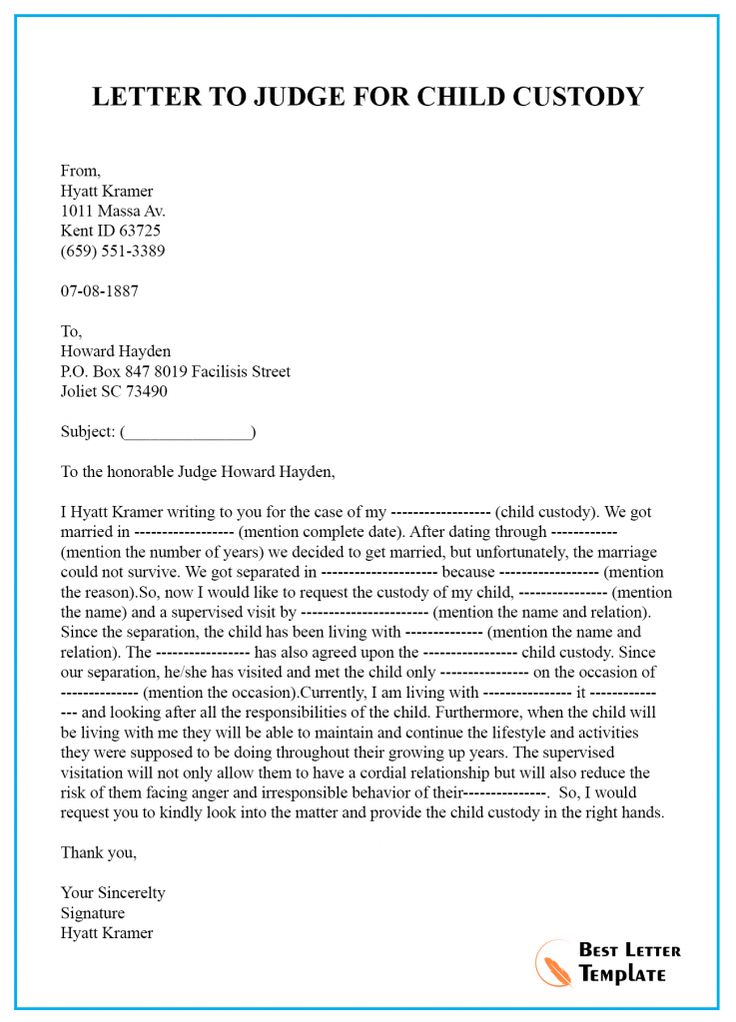
+
If the other parent fails to respond after being properly served, you may request a default judgment. This means the court might rule in your favor based on the terms you requested in your petition, as the non-responding parent waived their right to contest.
Do I need a lawyer for a child custody case?
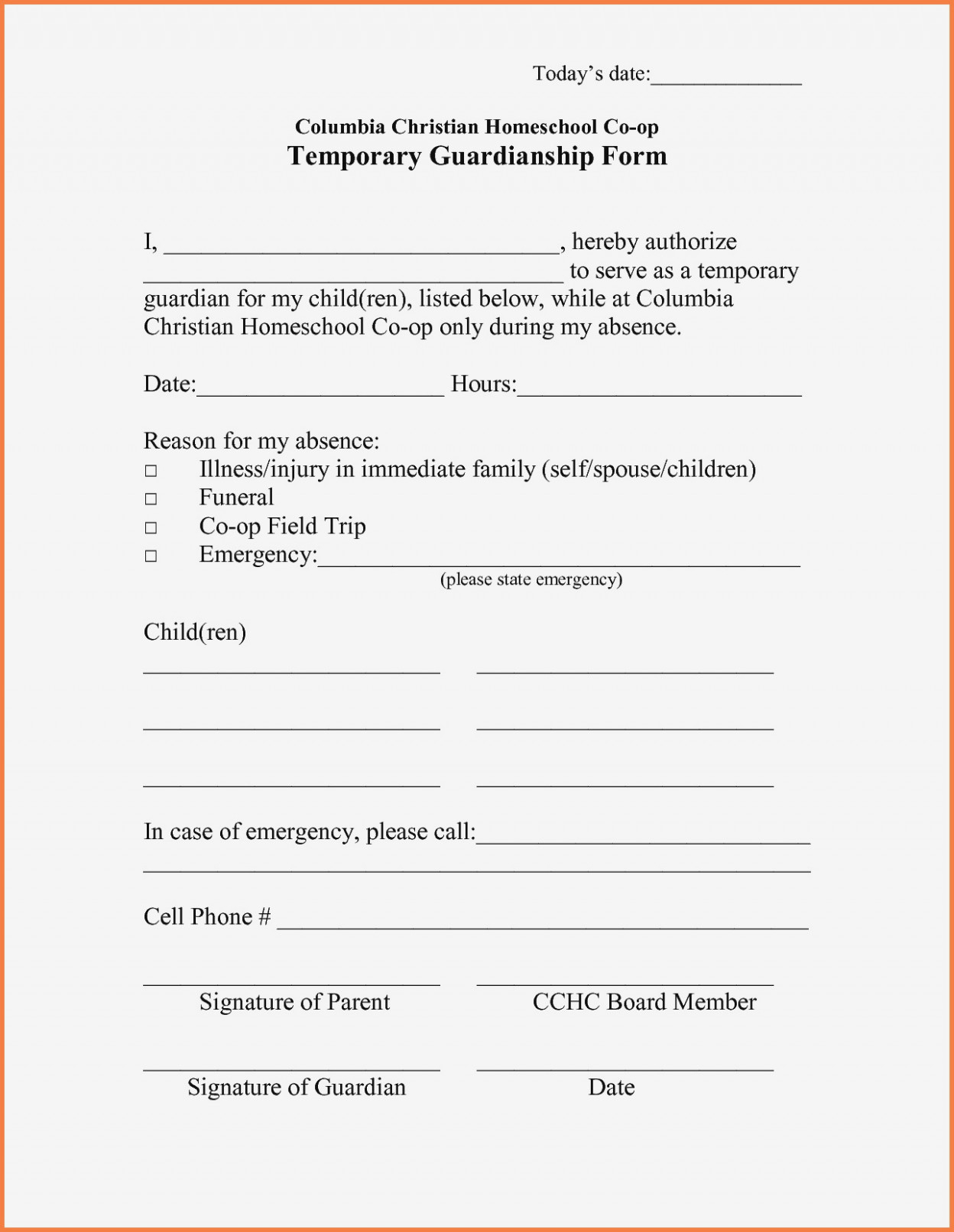
+
While not mandatory, having a lawyer can be highly beneficial, especially if the custody case is contentious or involves complex issues. Legal representation can help ensure all your rights are protected and your child’s best interests are represented in court.
What can I do to demonstrate my suitability as a primary caregiver?
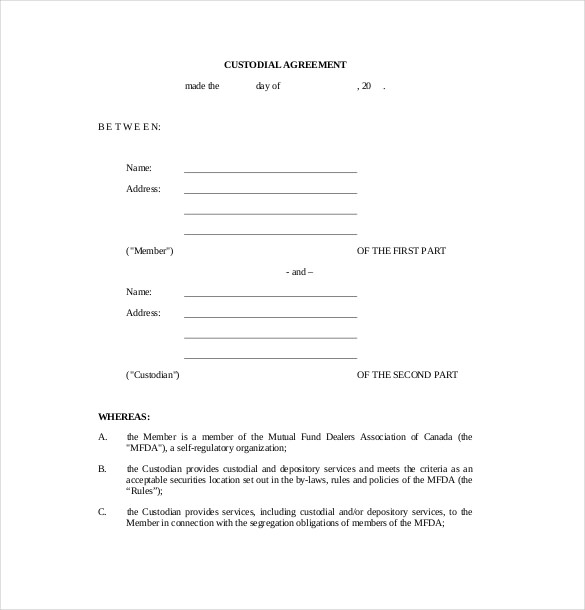
+
Focus on maintaining a stable environment for your child, provide evidence of your involvement in their education, health care, and extracurricular activities, and show that you have a support network or financial stability to raise the child. Character references and any parenting education or therapy you’ve undertaken can also bolster your case.



